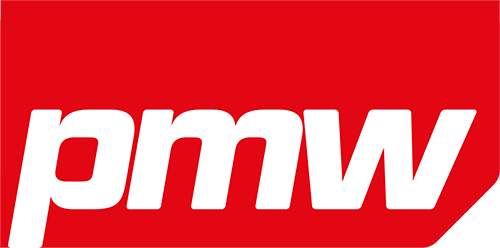The Formula 1 Commission met in London, UK on February 21, ahead of the Formula 1 World Championship beginning in Bahrain on March 5.
Before teams and drivers begin the official pre-season test and the season’s opening race, the Commission met to discuss and approve several key regulatory changes to be introduced for the 2023 season. The meeting was chaired by Stefano Domenicali, president and CEO of Formula 1, and Nikolas Tombazis, the newly appointed FIA single-seater director.
The following key points were discussed during the meeting:
Having conducted successful testing with teams, Pirelli has developed a wet-weather tire with more performance than the previous specification. Furthermore, the tire does not require the use of tire blankets. The new tire construction will be available for the 2023 FIA Formula 1 Emilia Romagna Grand Prix onward.
The FIA outlined its gratitude for the offers of support made by the teams during the wet-weather package project. A technical directive is being prepared to enable teams to do such work outside the aerodynamic testing restriction limits and the cost cap. Track testing will be planned for Q2/Q3 2023.
The Commission approved a proposal to relax the regulation of radio messages to and from the drivers at all times during competition races.
To reduce the current excessive workload for FIA technical staff and scrutineers during race weekends and events with a sprint session, the Commission approved a revised parc fermé request acceptance policy. This will provide greater scope to change damaged components and increase the use of self-declared parc fermé forms. This will apply for the whole parc fermé period, from when the car leaves for qualifying on Friday to when it starts the race. This will be implemented via a technical directive.
An array of circuit changes was also discussed, with the following points agreed upon for 2023:
- Saudi Arabia – changes to improve visibility on corner entry where possible
- Azerbaijan and Miami – a completely resurfaced track
- Zandvoort – space between the pit stop positions has increased by 1.5m
- Qatar – construction of a new pit building and paddock infrastructure
- The FIA also analyzed 2022’s DRS zones to make way for changes in 2023 to either facilitate overtaking or make it harder in certain circuits where it was deemed not to be enough of a challenge. These changes will be implemented in Bahrain, Jeddah, Melbourne, Baku and Miami, and involve the adjustment of detection and activation zones; in Melbourne, the fourth activation zone will be reinstated.
A handful of minor amendments to the 2023 sporting, technical and financial regulations were also approved by the Commission. This included the introduction of a winter shutdown period for competitors and power unit (PU) manufacturers, ensuring shorter races have reduced points even if they don’t finish with a suspended race, and enabling easier access to the factories for the FIA auditing team, in order to police the adherence of the teams and PU manufacturers to the financial regulations and to the operational limitations of the technical and sporting regulations.
A cost cap adjustment for additional races above 21 was also agreed, increasing from U$1.2m to U$1.8m per race.



